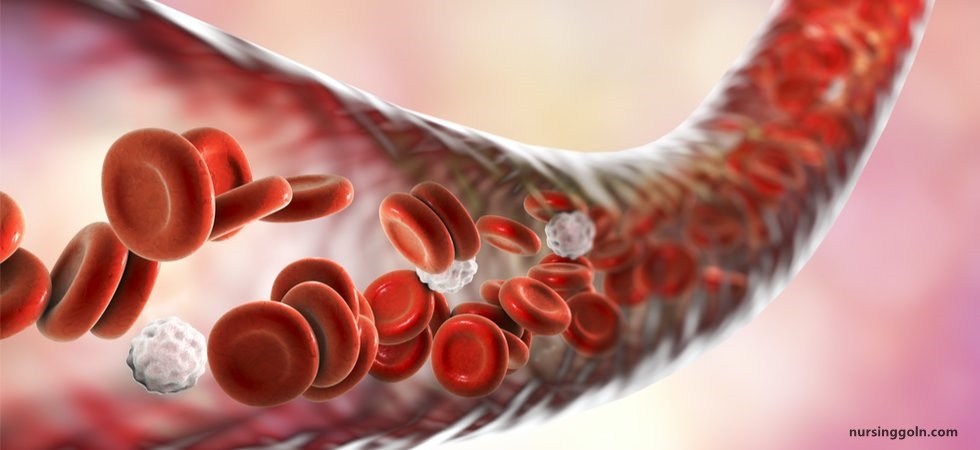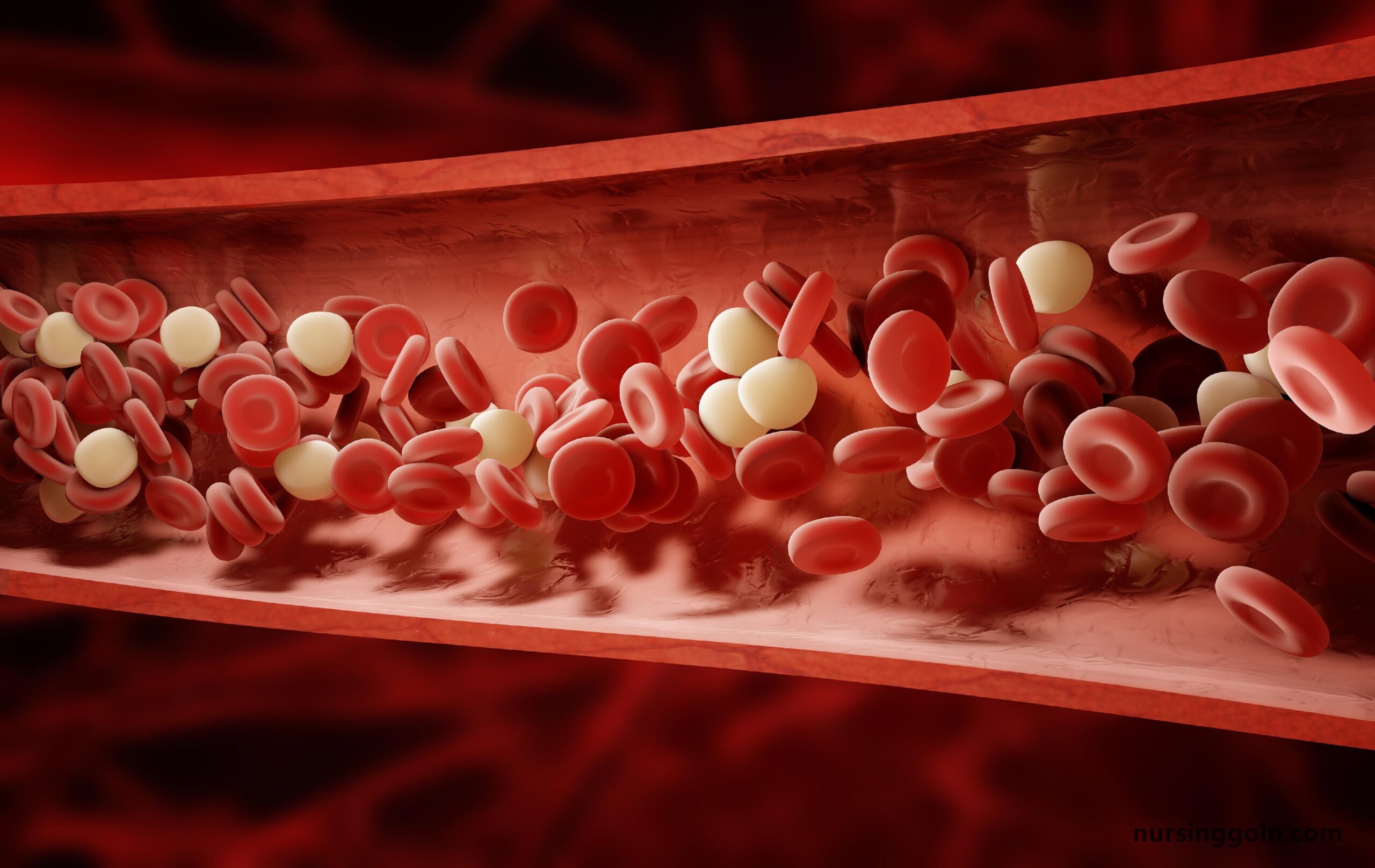Today our topic of discussion is ” Circulatory Pathways “. The cardiovascular system is an intricate network that ensures every corner of the body receives vital nutrients and oxygen while also removing waste products. It operates via specific pathways, ensuring the efficient circulation of blood. Understanding these circulatory pathways is vital to grasp the rhythm of life that flows within us.

Circulatory Pathways: Blood Vessels and Circulation
1. Introduction
The heart, functioning as a pump, drives blood through various vessels: arteries, veins, and capillaries. These vessels establish pathways or circuits that distribute blood to body tissues and return it to the heart. Generally, two primary circuits exist: the systemic and the pulmonary.
2. Pulmonary Circulation
Originating and concluding at the heart, the pulmonary circuit serves a pivotal role in gas exchange.
- From the Heart: Deoxygenated blood from the body flows into the right atrium via the superior and inferior vena cava. This blood is then pumped into the right ventricle and from there into the pulmonary trunk.
- Lungs: The pulmonary trunk bifurcates into left and right pulmonary arteries, directing the blood into the lungs. Within the alveoli of the lungs, carbon dioxide is exchanged for oxygen.
- Back to the Heart: The freshly oxygenated blood returns to the heart via the pulmonary veins, entering the left atrium, readying to be pumped throughout the body.

3. Systemic Circulation
The systemic circuit is expansive, delivering oxygenated blood to the entire body and retrieving deoxygenated blood.
- From the Heart: Oxygen-rich blood in the left atrium flows into the left ventricle. It is then pumped into the aorta, the main artery of the body.
- To the Body: Branching off the aorta, smaller arteries and arterioles distribute blood to all body parts. Within tissues, capillaries facilitate nutrient and gas exchange. Deoxygenated blood then begins its journey back to the heart via venules and veins.
- Back to the Heart: The venous system culminates in the superior and inferior vena cava, delivering deoxygenated blood to the right atrium, where the pulmonary circuit recommences.
4. Coronary Circulation
This is the circulation of blood within the heart’s muscular walls. The coronary arteries branch off the aorta, providing oxygenated blood to the heart muscle. After oxygen and nutrient exchange in the capillaries, the coronary veins collect deoxygenated blood, eventually emptying into the coronary sinus and then the right atrium.
5. Hepatic Portal Circulation
An essential detour within systemic circulation, this system transports blood from the digestive organs to the liver before returning it to the heart. Nutrients absorbed from the digestive tract first get processed in the liver, where harmful substances can be detoxified.

6. Special Circulations
- Cerebral Circulation: The brain has a unique set of arteries and veins ensuring its massive oxygen and glucose needs are met.
- Fetal Circulation: Before birth, the fetus relies on the placenta for oxygen and nutrients. Unique vessels and shunts, like the ductus arteriosus and foramen ovale, bypass certain standard circulatory routes, becoming obsolete post-birth.

7. Regulation of Blood Flow
The body can adjust blood flow based on tissue demands:
- Vasoconstriction and Vasodilation: The smooth muscle in arterial walls can contract or relax, changing vessel diameter and thereby blood flow.
- Baroreceptor Reflex: These receptors monitor blood pressure, sending signals to adjust heart rate and vessel diameter accordingly.
- Chemoreceptor Reflex: These receptors detect blood oxygen, carbon dioxide, and pH levels, adjusting circulation to maintain homeostasis.
8. Factors Affecting Circulation
- Aging: Over time, blood vessels can lose elasticity, leading to conditions like hypertension.
- Disease: Atherosclerosis (plaque buildup in arteries) can impede blood flow, increasing heart disease risk.
- Physical Activity: Regular exercise enhances cardiovascular efficiency and health.

9. Conclusion
The circulatory pathways of our cardiovascular system are a marvel of natural engineering, ensuring every cell receives the nourishment it needs while also discarding waste products. Each pathway, from the major systemic and pulmonary circuits to the specialized circulations like the hepatic portal system, plays a unique role in maintaining our body’s homeostasis and vitality. Recognizing the significance of these pathways can deepen our appreciation for the intricate dance of life happening within us every moment.
Read more:
